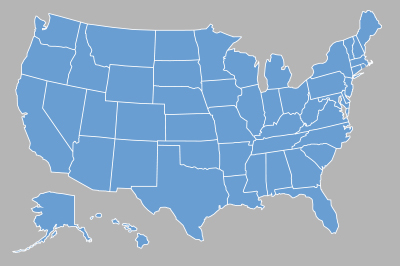In 2004, the Oregon Transportation and Growth Management Program contracted with the Community Planning Workshop (CPW) at the University of Oregon to conduct a year-long evaluation of Oregon’s school siting process. The purpose of the evaluation was twofold: (1) to develop a better understanding
of the challenges and opportunities school districts and local governments experience when making school siting decisions; (2) to empower school districts and local governments to make more informed decisions about future school siting. This handbook is the culmination of that research and synthesizes many of the lessons learned.
As part of the study, CPW performed the following tasks:
Literature Review: Conducted an extensive review of literature about school siting issues.
Case Studies: Investigated the school siting practices of eight school districts around the state through site visits and interviews with school superintendents, school facility planners, local government planners, architects, and neighborhood groups. Administered a school transportation survey and conducted focus groups at four middle schools to learn more about how children get to and from school.
School Superintendent Survey: Created a survey, disseminated to school district superintendents, focusing on district needs and siting issues.
Oregon School Siting Forum: Held a statewide conference encouraging dialogue about school siting issues by a wide range of people, including school district personnel, architects, planners, health advocates, and neighborhood organizers.



